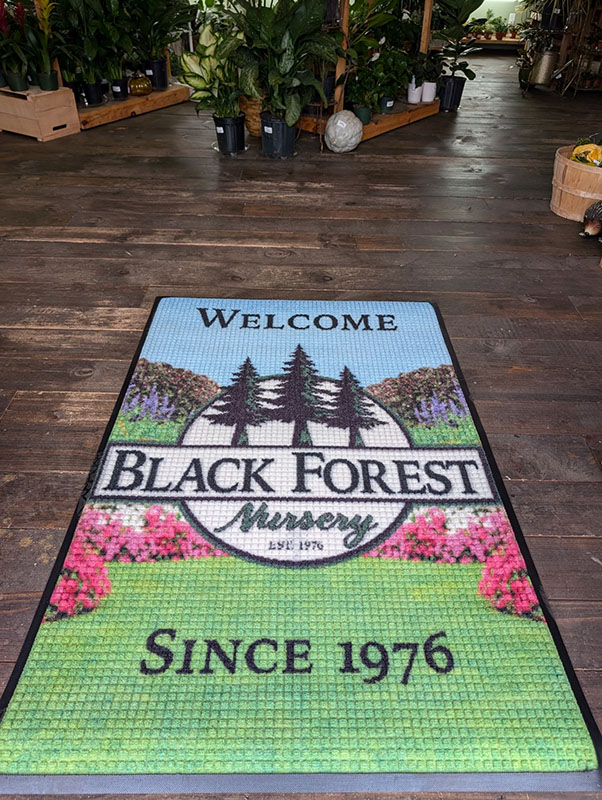
How Do Logos Influence Us?
Logos are more than just visual symbols; they are powerful tools that can evoke emotions, communicate values, and shape consumer behavior. Understanding the influence of logos is essential for businesses and consumers alike. In this article, you will learn:
- How colors and shapes in logos impact our emotions and decisions.
- The role of logos as cultural symbols and identity markers.
- The effectiveness of logos in marketing and brand strategy.
As we delve deeper into the psychology and cultural significance of logos, you’ll discover just how profound their impact can be on our daily decisions and societal norms.
The Psychology of Logos
Logos are meticulously designed to communicate at a glance. They are not just random graphics but are crafted to evoke specific feelings and actions from consumers. Here’s how logos do just that through their color choices and designs:
Color Psychology in Logos
Colors play a pivotal role in logo design. Each color invokes different emotions and can significantly affect consumer behavior. For instance:
- Red is often associated with energy, passion, and urgency, making it popular in fast-food logos.
- Blue conveys trust and reliability, commonly seen in finance and healthcare brands.
- Green represents growth and health, fitting for organic and eco-friendly products.
Understanding these associations helps brands align their logos with their core values and the expectations of their target audience.
Shapes and Symbolism in Logo Design
The shape of a logo also communicates much about a brand. Circular logos, like those of Starbucks and Target, are seen as welcoming and inclusive. Angular logos, seen in brands like Mitsubishi and Adidas, evoke a sense of stability and professionalism. These shapes help consumers form a subconscious perception of what a brand stands for.
Moreover, some logos incorporate hidden messages or symbols that reinforce the brand’s message or values, such as the arrow in the Amazon logo, which represents the wide range of items they offer and the smile of customer satisfaction.
Cultural Impact of Logos
Logos often transcend their commercial origins to become integral parts of our cultural landscape. They can signify more than just a company or a product; they become embedded in societal narratives and identities. Here’s how logos achieve this cultural significance:
Logos as Cultural Icons
Some logos become so iconic that they represent cultural ideas or eras. For example, the Apple logo is not just synonymous with innovation and quality in technology; it also represents a culture of creativity and forward-thinking that defines an entire generation of tech users. Similarly, the Nike swoosh embodies the spirit of athleticism and perseverance, transcending the brand itself to inspire millions.
The Role of Logos in Social Identity
Logos can also play a crucial role in shaping social identities. Sports team logos, for instance, are not just emblems; they are a badge of pride and a symbol of community among fans. These logos foster a sense of belonging and loyalty among individuals, uniting them under a common banner.
Moreover, logos can influence societal values and trends. Brands like Patagonia use their logos to symbolize environmental stewardship, influencing not only consumer behavior but also broader societal attitudes towards sustainability.
Logos in Marketing
The strategic use of logos in marketing is pivotal in building brand identity and influencing consumer preferences. Here’s how logos serve as crucial tools in the marketing toolkit:
Brand Recognition and Loyalty
A well-designed logo is instantly recognizable, simplifying the process for consumers to identify their favorite brands quickly. For instance, the golden arches of McDonald’s need no introduction anywhere in the world. This instant recognition helps to foster brand loyalty as consumers feel more comfortable and secure with familiar symbols.
Rebranding and Logo Changes
Sometimes, to stay relevant or to shift brand perception, companies will update their logos. This can be a risky move but, if done correctly, hugely beneficial. A notable example is the logo redesign of Airbnb in 2014, which introduced a more modern and inclusive symbol that helped propel the brand into a global presence beyond just accommodation sharing.
Case Studies of Successful Logo Use
- Apple: The evolution of Apple’s logo from a detailed illustration of Isaac Newton to a minimalistic apple shape reflects its commitment to innovation and sleek design, mirroring its approach to technology.
- Starbucks: The simplification of the Starbucks logo over the years, removing text and focusing on the siren, emphasizes its global appeal and focus on iconic imagery.
These examples demonstrate how logos are not just part of advertising but integral to the narrative a brand wants to tell the world.
The Science Behind Logo Recognition
The human brain is wired to recognize and process images at astonishing speeds, and logos are designed to capitalize on this capability. Here’s a look into the neurological and psychological factors that facilitate logo recognition:
Visual Processing and Memory
Research in neuroscience shows that logos are processed by the brain’s visual cortex, which can decode complex symbols quickly. This rapid processing helps individuals recognize and remember logos with just a brief glance. For example, the brain recognizes familiar logos like Coca-Cola or BMW almost instantly due to their distinctive color schemes and unique typography.
Repetition and Familiarity
Familiarity plays a significant role in logo recognition. The more we see a logo, the more likely we are to remember it. This is why companies invest heavily in advertising across various platforms. Each exposure reinforces the logo’s image in our memory, enhancing brand recall.
Emotional Connection
Emotionally charged experiences involving a brand can enhance how well we remember its logo. For instance, if a logo is associated with a positive experience, such as a memorable family vacation at Disney World, the Disney logo might evoke fond memories, strengthening brand loyalty.
These insights into how logos are recognized and remembered underscore the importance of strategic logo design to create lasting impressions on consumers.
Conclusion
Throughout this article, we’ve uncovered the profound impact that logos have on our emotions, decisions, and cultural identity. Here are the three most important takeaways:
- Psychological Influence: Logos use colors and shapes to evoke specific emotional responses and convey brand values, effectively influencing consumer behavior.
- Cultural Significance: Beyond marketing, logos serve as cultural icons and social identifiers, embedding themselves into the fabric of society and shaping collective identities.
- Recognition Science: The science of logo recognition reveals how our brains process and remember logos, emphasizing the importance of design in branding strategies.
As you’ve seen, logos are far more than simple graphics; they are strategic tools that wield significant psychological and cultural power.
Thanks for reading.
David Chapman, founder of Ultimate Mats
